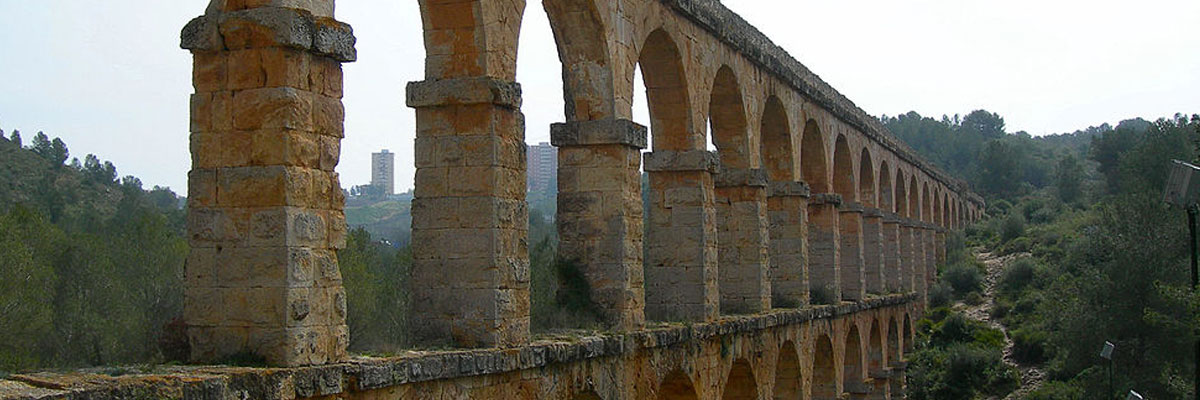Take a look around Catalonia
Discover the multitude of attractions Spain has to offer far from the hustle and bustle of the city.
Everything from mediaeval towns and fortified cities to villages set in natural landscapes of outstanding beauty. In this section we offer a few suggestions.
The Dalí Museum
This museum evokes the life and work of Salvador Dalí, a genius of Surrealism. The Dalí Theatre-Museum in Figueres, described as “the world's largest Surrealist object”, showcases all the various aspects of Dalí's art. It includes some of the painter’s greatest masterpieces as well as pieces which range from his first artistic creations through to his last works. A visit to the museum is a real experience, a journey into the unique, captivating world of Salvador Dalí.
^ Back to Top
Torre Agbar
A 38-story skyscraper/tower located between Avinguda Diagonal and Carrer Badajoz, near Plaça de les Glòries Catalanes, it marks the gateway to the new technological district of Barcelona, Catalonia, Spain. It was designed by French architect Jean Nouvel in association with the Spanish firm b720 Fermin Vazquez Arquitectos and built by Dragados. The Torre Agbar is located in the Poblenou neighbourhood of Barcelona and is named after its owners, the Agbar Group, a holding company whose interests include the Barcelona water company Aigües de Barcelona.
The tower measures a total of 50,693 square metres, of which 30,000 are offices, 3,210 technical facilities, 8,132 services, including an auditorium, and 9,132 square metres for parking.
^ Back to Top
Segovia Aqueduct
It must have been one of the most beautiful in the Roman world. It was probably built during the Flavio period, between the late 1st and early 2nd centuries, when Vespasiano and Trajano were emperors, in order to bring water from the river Acebeda to the city. This magnificent work of engineering, that is still in excellent condition, begins near the Granja Palace with simple arches and carries the water to a tank known as 'el Caserón'. An ashlar canal then transports the water to a second tower and once it reaches Diaz Sanz square, row upon row of arches tower high above the ground.
Its 20,400 stone blocks are neither cemented nor stuck together by any substance, and they remain as a solid perfect block up until this day. The maximum height of the structure is on the Azoguejo Square at 28.10 m and a total of 167 arches.
^ Back to Top
